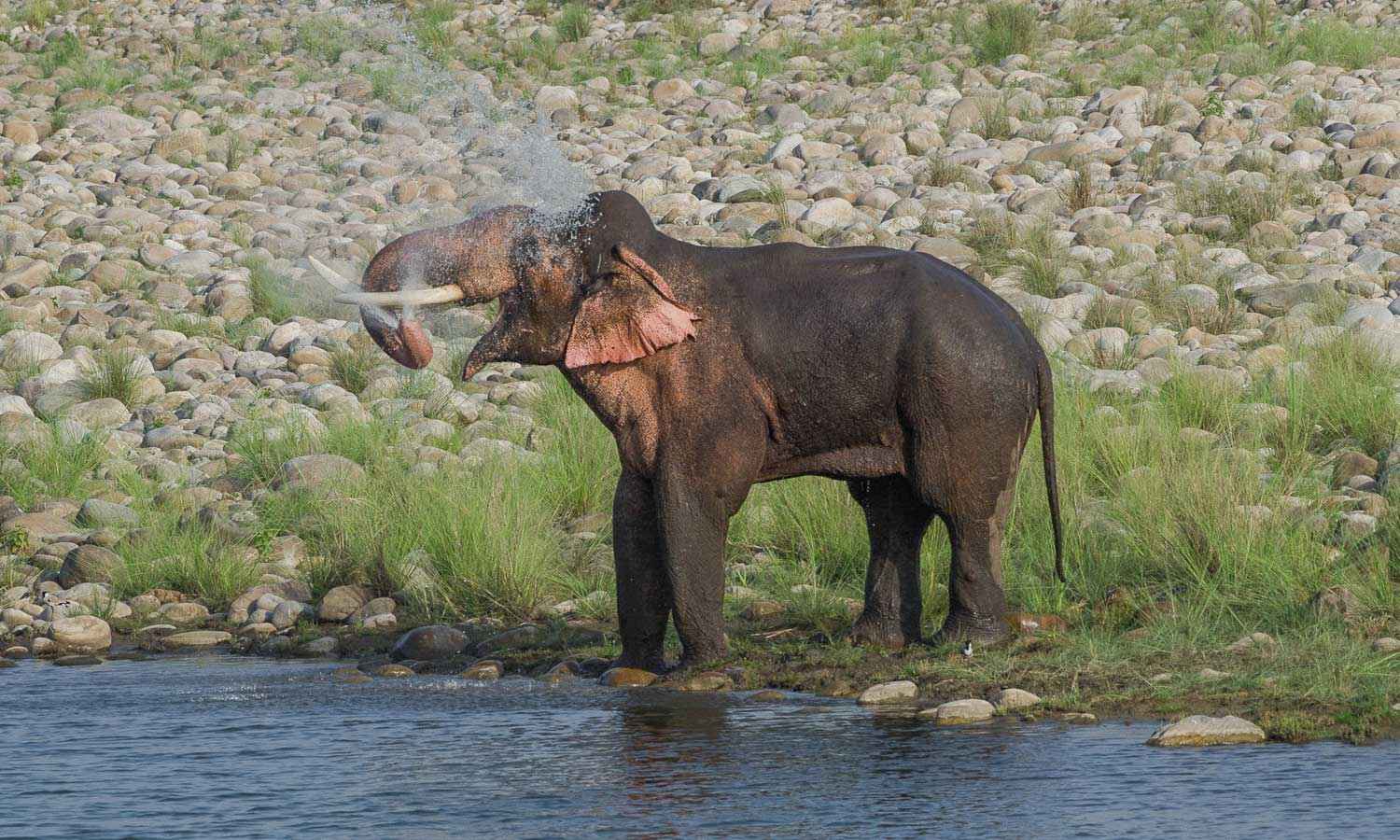Jim Corbett National Park: An Extensive Guide
Introduction
Location and Accessibility
Wildlife and Biodiversity
Jim Corbett National Park is famous for its diverse wildlife, particularly the Bengal tiger, which is the park's main attraction. With around 250+ tigers, the park has one of the highest tiger densities in India. Apart from tigers, the park is home to leopards, elephants, wild boars, sloth bears and various deer species, including chital and sambar. The park's biodiversity also includes reptiles like the Indian python, king cobra and gharial, contributing to its ecological abundance. The park is also a haven for birdwatchers with over 650 species of birds. You can spot the Great Pied Hornbill, Pallas’s Fish Eagle and the Blue-throated Barbet among many others.
Top Attractions
Key Zones
Jim Corbett National Park is divided into several zones, each offering a unique experience:
-
Dhikala Zone: The most famous and largest zone. It is known for its panoramic views and abundant wildlife, particularly elephants and tigers.
-
Bijrani Zone: A popular choice for jeep safaris, Bijrani is known for its open grasslands and dense forests, offering excellent wildlife sightings.
-
Jhirna Zone: Open throughout the year, Jhirna is known for its diverse terrain and frequent sightings of wild boars and sloth bears.
-
Dhela Zone: A relatively new addition, Dhela offers a quieter experience with good chances of spotting elephants and leopards.
-
Durgadevi Zone: Located in the northeastern part of the park, this zone is a paradise for birdwatchers.
-
Sitabani Zone: Although not part of the core area, it is the only zone where walking safaris are allowed.
Exploring Jim Corbett Safari
Types of Safaris
Visitors to Jim Corbett National Park can explore its wilderness through different types of safaris:
-
Jeep Safari: The most popular option, offering a close-up view of the park's wildlife and landscapes.
-
Canter Safari: A larger vehicle option that accommodates more visitors.
Best Times for Safari
The best times for a safari in Jim Corbett are early mornings and late afternoons when wildlife activity is at its peak.
Booking a Safari at Jim Corbett National Park
Booking a safari involves selecting the desired zone and type of safari, followed by making a reservation through the official website or authorised agents. It's advisable to book as early as possible since slots fill up quickly, especially for the Dhikala Zone. For a hassle-free booking experience, consider contacting Tigerwalah. Our specialised team assists you with all the arrangements, ensuring your safari experience is seamless and enjoyable.
Tips for Securing Your Safari Slots
-
Book Early: Safari slots are limited and highly sought after, so booking as early as possible is essential.
-
Be Flexible: If your preferred zone or time slot is unavailable, consider other options.
Jim Corbett Packages and Tour Options
Numerous tour operators offer a range of packages to suit different preferences and budgets. These packages often include accommodation, safaris, meals and transportation. At Tigerwalah, we specialise in providing the best tour packages that align with your budget and time constraints. We offer customised packages, ensuring that every aspect of your Jim Corbett trip is well-planned and catered to your specific needs.
Planning Your Visit: What to Pack and Wear
-
Essential Items for a Safari
-
When planning your visit, it’s crucial to pack the right gear. Essentials include:
-
Binoculars and Camera with telephoto lens.
-
Sunscreen and Insect Repellent.
-
Hat and Sunglasses.
-
Comfortable Clothing and Footwear.
-
Reusable water bottle - avoid single-use plastic at all costs
-
Dust/ heat protection buffs for face, neck and hair
-
A good guidebook always comes in handy
-
A tripod or a monopod
-
Patience
Best Time to Visit
Seasonal Highlights and What to Expect
The best time to visit Jim Corbett National Park depends on what you want to see:
-
Winter (November to February): Ideal for wildlife viewing, particularly tigers and elephants and also winter migratory birds.
-
Summer (March to June): Best time for big mammals especially Asian Elephants as large herds migrate to Jim Corbett National Park from Rajaji Tiger Reserve.
-
Monsoon (July to October): The park is closed, but the surrounding buffer zones are lush and green, perfect for birdwatching.
Recommendations for the Ideal Visiting Months
For a comprehensive experience, visiting between November and April is recommended as the weather remains cool and wildlife sightings are excellent.
Staying in Jim Corbett: Accommodation Choices
Jim Corbett offers a variety of accommodation options, ranging from budget stays to luxury resorts.
Travel Tips and FAQs for First-Time Visitors:
-
-
Do I need a guide?
-
Yes, a guide is mandatory for all safaris.
-
-
Can I walk in the park?
-
Walking safaris are only allowed in the Sitabani zone.
-
-
What are the park timings?
-
The Park timings can vary depending on the season and the zones, so confirming the details before your visit is better.
Safety Guidelines and Etiquette in the Park
-
Follow the Rules: Always adhere to park guidelines and listen to your guide.
-
Do Not Disturb Wildlife: Maintain a safe distance from animals and avoid making loud noises.
-
Leave No Trace: Ensure you don’t leave any litter behind.
From the thrill of spotting a Bengal tiger to the serene beauty of its landscapes, every moment spent at the Jim Corbett National Park is a step closer to nature. As you plan your visit, remember to respect the park’s guidelines, ensuring that this pristine wilderness remains protected for generations to come.
Get In Touch
Ready for an adventure? We're here to help.












